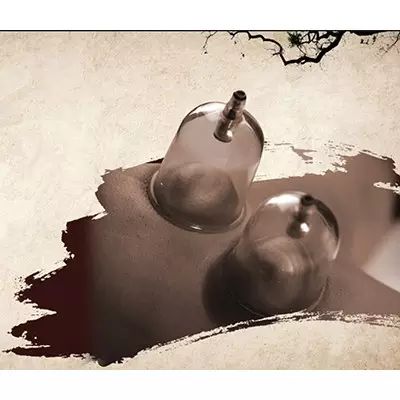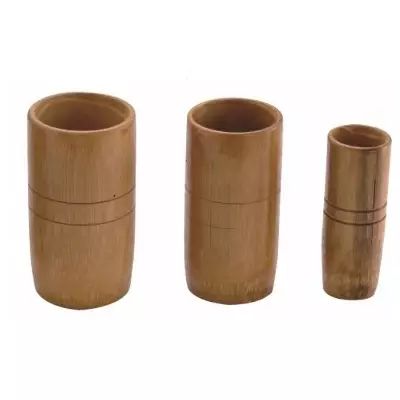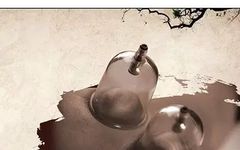Cupping therapy involves the use of cups that create a therapeutic effect by applying heat or negative pressure directly to the surface of the body. Therefore, the timing of cupping therapy is crucial for treatment and efficacy.
Clinically, the timing of cupping should primarily be guided by the principles of “differentiation of syndromes and diseases.” Does that sound mysterious? Let me explain; the reasoning is quite simple.


Differentiation of Syndromes
Main principles include:For excess conditions, use the non-retention method; for deficiency conditions, use the retention method; for balanced conditions, use the flash cupping method.
♣ The non-retention method refers to immediately removing the fire cup after it has been applied to the skin, without further cupping.
♣ The retention method involves leaving the fire cup on the body for 3-5 minutes (known as short retention) or 5-10 minutes (known as long retention).
♣ The flash cupping method, also known as flash fire cupping, involves igniting a stick, quickly placing it inside the cup, and then immediately removing it. The cup is then applied to the treatment area and removed repeatedly until the local skin becomes red.
The flash cupping method can be performed using a single cup for small areas, such as at the Shenque point (神阙穴); or multiple cups can be alternated for larger areas, such as the lower back and legs. When using a single cup for flash cupping, be cautious: the cup will become hot after some time, and it should be replaced promptly to avoid burning the patient’s skin.


Differentiation of Diseases
1. Assessing the severity and urgency of the condition
♣ For mild, chronic conditions, the treatment time can be shorter; for severe, acute conditions, the time should be longer.
♣ For patients with mild and acute conditions, the treatment time is relatively long; for patients with severe and chronic conditions, the interval between treatments should be relatively short.
2. Assessing the location of the disease
♣ Cupping is generally not performed on the face due to the rich capillary network, which can lead to bruising and affect appearance, or even cause burns that result in disfigurement.
♣ For the chest, it is better not to retain the cup.
♣ For the abdomen, the flash cupping method is recommended.
♣ For the neck, shoulders, and upper limbs, the retention method can be used as needed.
♣ For the lower back, buttocks, and lower limbs, the retention method is advisable.
3. Assessing the specific condition of the patient
♣ For elderly patients with poor constitution, the treatment time should be short, and the interval between treatments should be long; for younger patients with good constitution, the treatment time can be slightly longer, and the interval can be shorter.
♣ Certain special populations should not undergo cupping therapy. For example, patients with poor coagulation mechanisms, pregnant women, those with severe or infectious diseases, skin diseases, or those who are intoxicated, overly hungry, overly full, or emotionally unstable should avoid this treatment.

⊙ Copyright Statement: The article is sourced from the internet; please contact us for removal if there is any infringement.
⊙ Note: The content of this article is for public sharing and discussion purposes in TCM and is for reference only.

